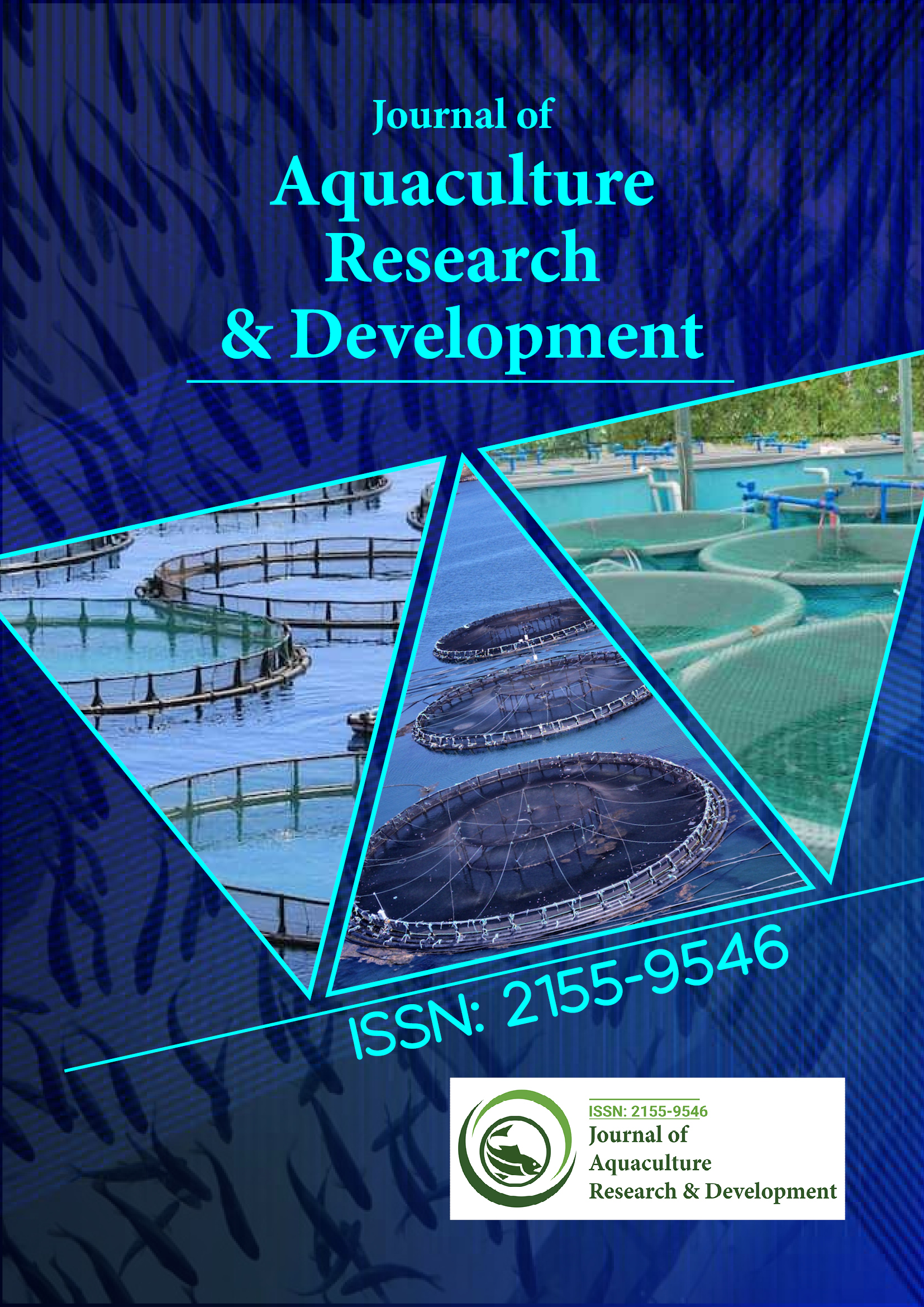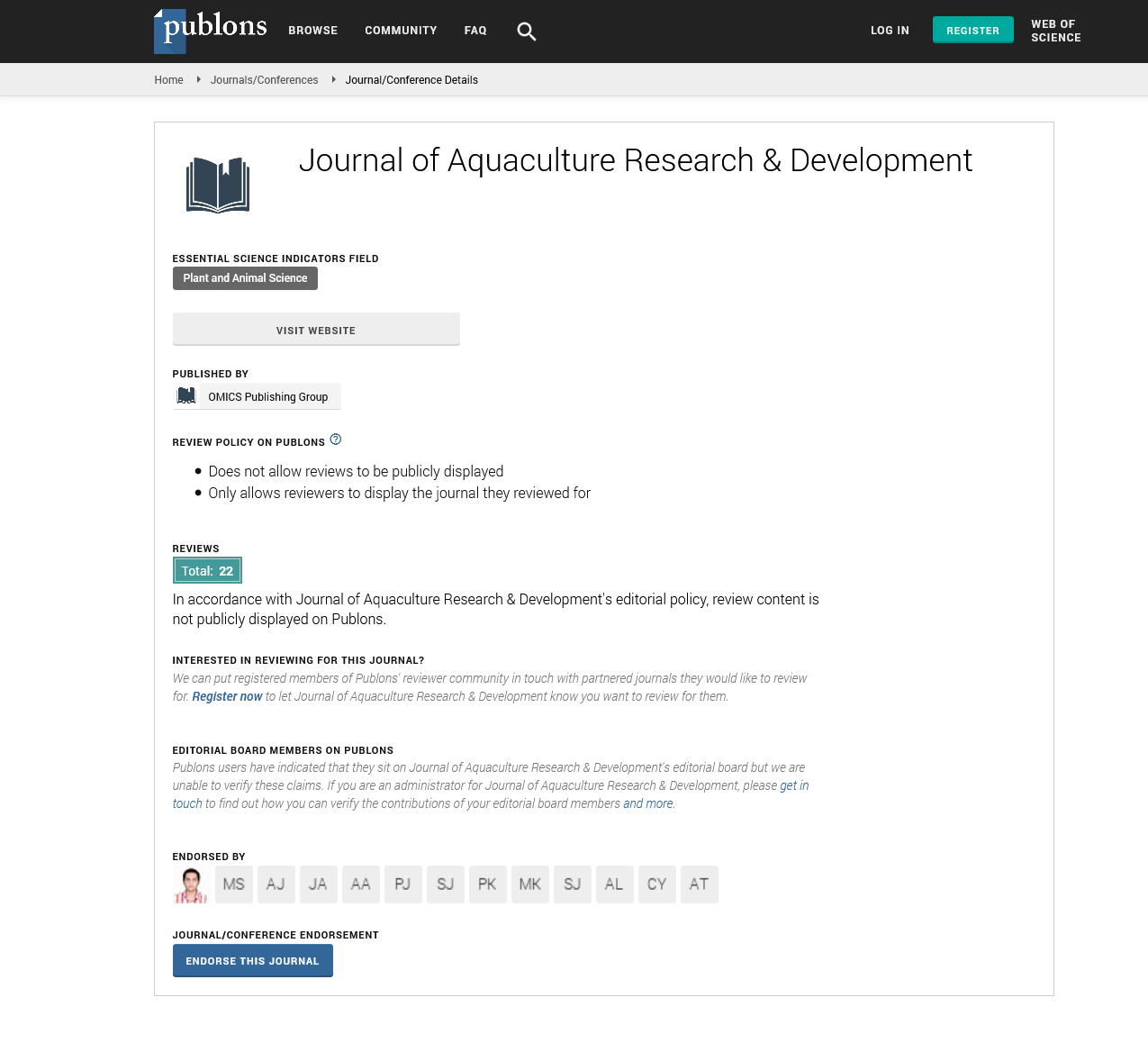Indexed In
- Online Access to Research in the Environment (OARE)
- Open J Gate
- Genamics JournalSeek
- JournalTOCs
- Scimago
- Ulrich's Periodicals Directory
- Access to Global Online Research in Agriculture (AGORA)
- Electronic Journals Library
- Centre for Agriculture and Biosciences International (CABI)
- RefSeek
- Directory of Research Journal Indexing (DRJI)
- Hamdard University
- EBSCO A-Z
- OCLC- WorldCat
- Scholarsteer
- SWB online catalog
- Virtual Library of Biology (vifabio)
- Publons
- MIAR
- University Grants Commission
- Euro Pub
- Google Scholar
Useful Links
Share This Page
Journal Flyer

Open Access Journals
- Agri and Aquaculture
- Biochemistry
- Bioinformatics & Systems Biology
- Business & Management
- Chemistry
- Clinical Sciences
- Engineering
- Food & Nutrition
- General Science
- Genetics & Molecular Biology
- Immunology & Microbiology
- Medical Sciences
- Neuroscience & Psychology
- Nursing & Health Care
- Pharmaceutical Sciences
Perspective - (2025) Volume 16, Issue 5
Life Cycle Evaluation of Ecological Services in Shellfish Aquaculture
Haiyan Yao*Received: 28-Apr-2025, Manuscript No. JARD-25-29682 ; Editor assigned: 01-May-2025, Pre QC No. JARD-25-29682 (PQ); Reviewed: 15-May-2025, QC No. JARD-25-29682 ; Revised: 22-May-2025, Manuscript No. JARD-25-29682 (R); Published: 29-May-2025, DOI: 10.35248/2155-9546.25.16.993
Description
Oyster farming has emerged as a rapidly growing aquaculture sector that supports coastal economies, provides protein-rich food and delivers ecological services such as nutrient cycling and habitat provision. With increasing interest in sustainable food production, the environmental footprint of aquaculture systems, including shellfish culture, is under closer examination. The life cycle perspective offers a structured approach to understanding the impacts of oyster farming across different production stages, from hatchery activities to harvest, processing and transport.
While oysters are often regarded as one of the more environmentally compatible farmed species due to their filter-feeding capacity, a comprehensive Life Cycle Analysis (LCA) reveals a more nuanced picture. The benefits of nutrient removal and minimal feed input must be weighed against energy use, greenhouse gas emissions and waste management practices. This article evaluates oyster farming through the life cycle lens, exploring ecological advantages and potential trade-offs.
Hatchery operations
The hatchery phase requires controlled conditions to maintain high larval survival rates. Inputs include seawater pumping, filtration and sterilization, as well as microalgal feed production. Although oysters do not require manufactured feed once in the natural environment, the hatchery consumes significant energy in climate regulation and aeration. Production of algal feed involves nutrient solutions and light sources, which contribute to the carbon footprint.
From a life cycle standpoint, hatchery operations tend to account for a relatively high proportion of total energy demand. However, since this stage represents only a small fraction of the oyster’s lifespan, the proportional impact on the final product can vary depending on farm practices and efficiency.
Harvest and post-harvest processing
Harvesting oysters can involve manual collection or mechanized dredging, depending on the farming system. Mechanized methods can increase energy use and may disturb seabed habitats. Post-harvest processing involves depuration (purification of oysters in clean water systems), cleaning, grading and packaging.
Depuration tanks require water circulation, UV sterilization and temperature control, all of which are energy-intensive. Packaging, particularly if non-recyclable plastics are used, contributes to the environmental footprint. Cold chain logistics, necessary for maintaining product quality and safety, can further elevate greenhouse gas emissions.
Studies indicate that while the farming phase is relatively low in emissions compared to finfish aquaculture, the processing and distribution phases may dominate the life cycle impact for oysters, particularly when products are shipped long distances.
Nutrient cycling and ecosystem services
One of the unique features of oyster aquaculture is its role in nutrient cycling. By filtering large volumes of water, oysters remove nitrogen and phosphorus in the form of plankton and particulate matter. These nutrients are incorporated into oyster biomass or deposited as biodeposits, some of which can be permanently buried in sediments.
From an LCA standpoint, nutrient removal is sometimes considered an environmental credit, offsetting some of the system’s impacts. However, the scale of removal relative to nutrient inputs from agricultural runoff or urban effluents varies greatly. While oyster farms can enhance local water quality, they are not substitutes for broader watershed management strategies.
Material use and waste generation
Oyster farming relies on infrastructure such as mesh bags, cages, ropes, racks and floats. Many of these materials are plastic-based, raising concerns about durability, loss into the environment and microplastic generation. Replacement and disposal of damaged gear represent an often-overlooked component of life cycle analysis.
Waste management practices vary across regions. Reuse or recycling of gear can mitigate impacts, while poorly managed farms may contribute to marine debris. Research into biodegradable materials for aquaculture equipment offers potential pathways for reducing plastic dependency.
Comparative assessment with other protein sources
When compared with terrestrial animal production, oysters generally exhibit lower feed-related impacts since they rely on natural food sources. Greenhouse gas emissions per kilogram of protein are significantly lower than beef, pork, or poultry. Additionally, oysters do not require freshwater or land inputs on the same scale as agriculture.
However, relative to other low-impact aquaculture species such as mussels, oyster farming may involve higher energy use due to longer grow-out periods and more intensive depuration requirements. Life cycle comparisons highlight that while oysters are among the more sustainable animal proteins, efficiency improvements remain possible.
Citation: Yao H (2025). Life Cycle Evaluation of Ecological Services in Shellfish Aquaculture. J Aquac Res Dev. 16:993.
Copyright: © 2025 Yao H. This is an open-access article distributed under the terms of the Creative Commons Attribution License, which permits unrestricted use, distribution, and reproduction in any medium, provided the original author and source are credited.

